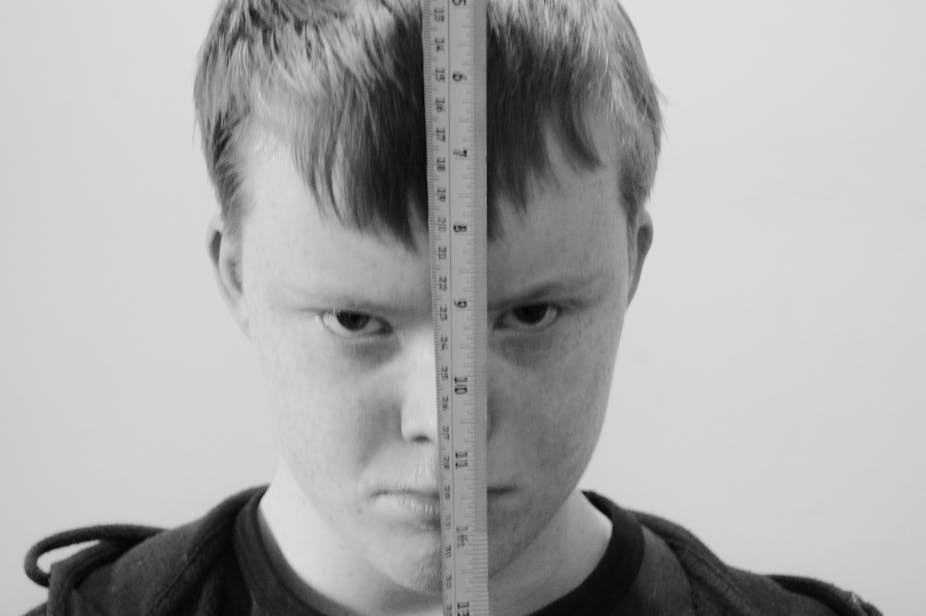There is a huge variation in the way that children are allocated into categories of special educational needs. It is a lottery which people have known about for years, and it is not going away despite changes to legislation. To add to this unfairness, the categories themselves are of little help to teachers.
A couple of years ago, I looked at how local authorities in England used these categories. I noted that even those categories which might seem really obvious (such as visual, physical or hearing difficulties) were used in widely different ways. For example, in 2013, the category “autistic spectrum disorder” was used to diagnose 3.47% of children with special needs in one local authority, and 22.37% of children in another.
I wondered if the 2015 figures would be different – particularly after the 2014 Children and Families Act introduced a new Special Educational Needs and Disability Code of Practice. The categories of assessment were merely mentioned in passing in the new code, which introduced four new “broad areas of need”: communication and interaction, cognition and learning, social, emotional and mental health difficulties, and sensory and/or physical needs.
Yet the lottery-like way in which children in different areas are assessed is still dramatically apparent, as the graph below shows.
How this impacts upon the education of the children concerned is not clear at all. The kind of education we receive always depends upon so many variables. Education provision varies both between schools and within them, regardless of the label we receive. But you can be certain that different labels produce different local responses, resources and funding.
Why is assessment a lottery?
The first challenge is to identify and agree upon the categories of impairment or special educational needs into which we are going to fit people. In 2013, I conducted a study of 50 countries and the number of categories used varied considerably between nations – ranging from three to 22. Once all the similarities had been put together we had this list of 60:

And even if countries use the same categories, it does not mean that they use them in the same way. We may think we are talking about the same thing, but we probably are not. This is widely accepted. Even the OECD recognises that categories can only be used as a tool for reflection.
Professionals influence diagnoses
The second challenge is the inconsistent way in which people are allocated to categories. A 2012 study reviewed the diagnoses of 984 children of military personnel in the US who had been assessed by both clinicians and researchers, for conditions such as Attention Deficit Hyperactivity Disorder, Oppositional Defiant Disorder and Dysthymia. The researchers found that if the child had one condition, the diagnosis was only slightly less likely to have been made than if any diagnosis had been picked at random. But if the child had two conditions, each diagnosis could have been made with a flip of a coin.
The key determining factor was the professional background of the person undertaking the assessment. A diagnosis was most likely to be the one that would increase the diagnosing clinician’s chance of receiving funding and the likelihood of the child being placed where they worked.
Others have made similar arguments. Psychiatrist Allen Frances and psychologist Thomas Widiger – two of the authors of the fourth edition of the American Psychiatric Association’s Diagnostic and Statistical Manual of Mental Disorders – concluded that the fifth edition, which came out in 2013, relied too much on the work and interests of those who had written it. As a result, it had the potential to cause: “false epidemics of misidentified pseudopatients”. And this manual influences assessment all around the world.
A different sort of label
Back in 2013, the British Psychological Society’s Division of Clinical Psychology called for “a paradigm shift in relation to functional psychiatric diagnoses”. It said they: “provide a flawed basis for evidence-based practice, research, intervention guidelines and the various administrative and non-clinical uses of diagnosis.”
It is this last issue which is so crucial. Unlike researchers in clinical settings, teachers work in a complex social context. They would like assessments of need which help them everyday in the classroom. As part of the study my colleagues and I did of 50 countries, we visited and interviewed over 150 teachers in Norway, Italy, Japan and Ireland. Everyone we spoke to told us that the assessments of special educational needs were of no real value to them. They only served a bureaucratic or medical function.
What teachers need is a label that will encourage them to think about how they can best work with a child – a label that will support their teaching. Consider, for example, the label of Down syndrome. Even if a teacher knows all the characteristics associated with this label, the child they are teaching will only have some of those characteristics. They have to deal with the child as they are, just like they would anyone else. Depending on this child’s specific circumstances, they may be usefully described as “a person supported by signing and visual communication” or as “a person who requires support to build social relations”.
Such labels would not cover everything but it would be a start and would help both the person who used the label and the person it was applied to. And of course, not only would it be far easier to assess, it would also avoid the postcode lottery.

